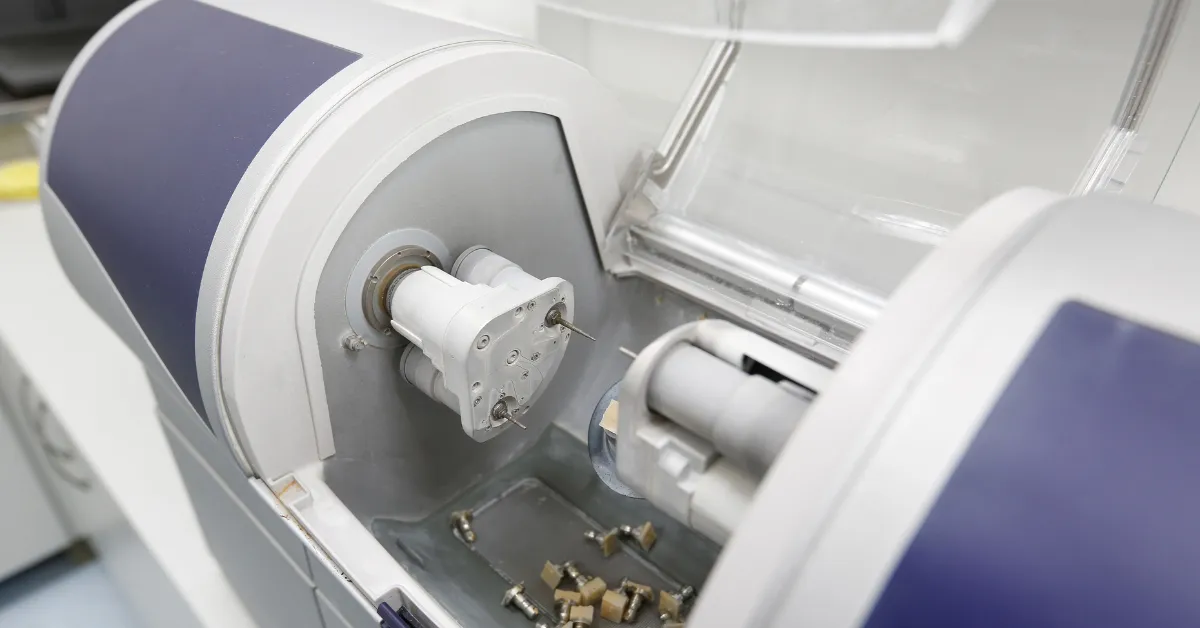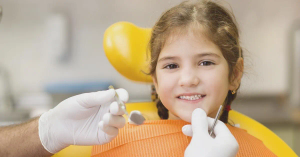In modern dentistry, precision and efficiency are paramount, especially when it comes to restorative procedures. Computer-Aided Design and Computer-Aided Manufacturing (CAD-CAM) technology has become a game-changer, allowing dental professionals to create restorations that are not only highly accurate but also completed in significantly less time. From crowns and bridges to dentures and implants, CAD-CAM systems are revolutionizing the way dental restorations are designed and manufactured.
CAD-CAM technology integrates 3D imaging and automated machinery to craft dental prosthetics with minimal human error. As patient expectations for both comfort and aesthetics rise, CAD-CAM offers a solution that is superior to traditional methods, improving the overall quality and durability of dental treatments.
What is CAD-CAM in Dentistry?
CAD-CAM stands for Computer-Aided Design (CAD) and Computer-Aided Manufacturing (CAM). This technology allows dentists to digitally design a restoration, such as a crown or bridge, on a computer before it’s manufactured using automated machinery. The digital workflow typically begins with an intraoral scanner that captures precise 3D images of the patient’s mouth. This data is then transferred to specialized software for designing a restoration that perfectly fits the patient’s dental anatomy. The final design is sent to a milling machine or 3D printer to create the physical restoration from materials like ceramic, zirconia, or composite resin.
How is CAD-CAM Superior?
CAD-CAM offers several advantages over traditional methods of dental restoration, making it a preferred option for both dentists and patients.
1.Precision: Traditional methods involve multiple steps and reliance on manual impressions, which can introduce errors. CAD-CAM technology eliminates these inaccuracies by relying on digital impressions, leading to restorations that fit perfectly on the first try.
2.Efficiency: Traditional dental restorations can take multiple appointments. With CAD-CAM, many procedures can be completed in just one visit, saving patients valuable time and reducing their discomfort.
3.Durability: CAD-CAM materials like zirconia and lithium disilicate are highly durable, offering longer-lasting restorations compared to conventional options.
4.Patient Comfort: Digital scanning eliminates the need for messy impression materials, making the experience more comfortable for patients.
Uses of CAD-CAM in Dentistry
CAD-CAM technology is used in a variety of dental applications, including:
•Crowns and Bridges: CAD-CAM enables the production of highly precise crowns and bridges in a single appointment.
•Inlays and Onlays: These restorations can be designed and manufactured with perfect fit and finish, ensuring the longevity of the restoration.
•Dental Implants: CAD-CAM allows for custom abutments and crowns for implant restorations, enhancing the fit and appearance of the final result.
•Veneers: Aesthetic restorations like veneers benefit from the superior accuracy of CAD-CAM, offering better aesthetics and function.
•Orthodontic Appliances: CAD-CAM is also used in designing aligners and retainers that are tailored to each patient’s specific orthodontic needs.
Conclusion
The integration of CAD-CAM technology in dentistry has revolutionized how restorations are designed, manufactured, and delivered to patients. Offering unparalleled precision, efficiency, and patient comfort, it has become a cornerstone in modern dental practices. As the technology continues to evolve, its role in restorative and cosmetic dentistry will only expand, setting new standards for quality and care. Whether you need a crown, bridge, or implant, CAD-CAM is transforming the way these dental solutions are brought to life, ensuring that patients leave the dental chair with a smile that’s both beautiful and long-lasting.








